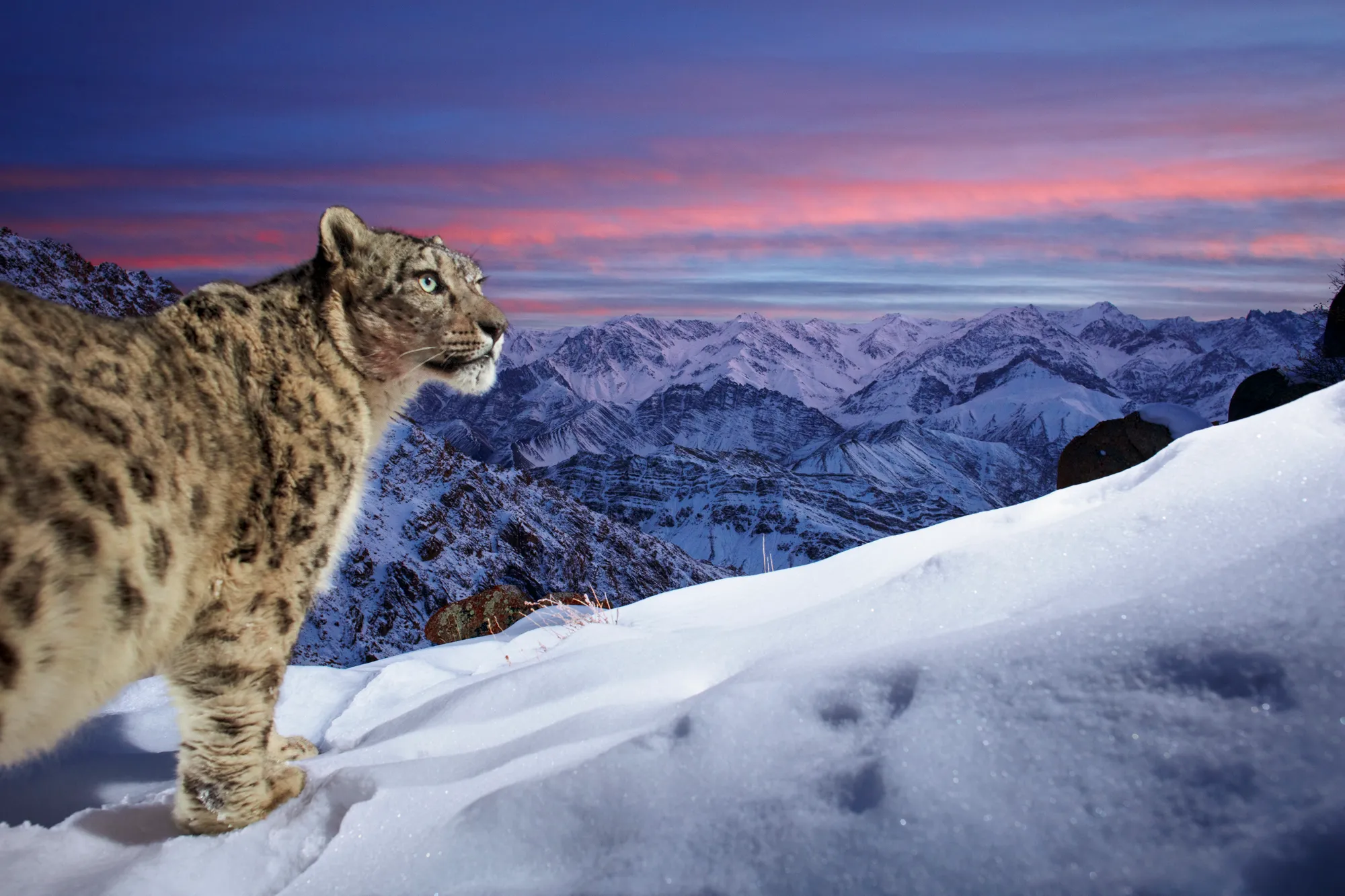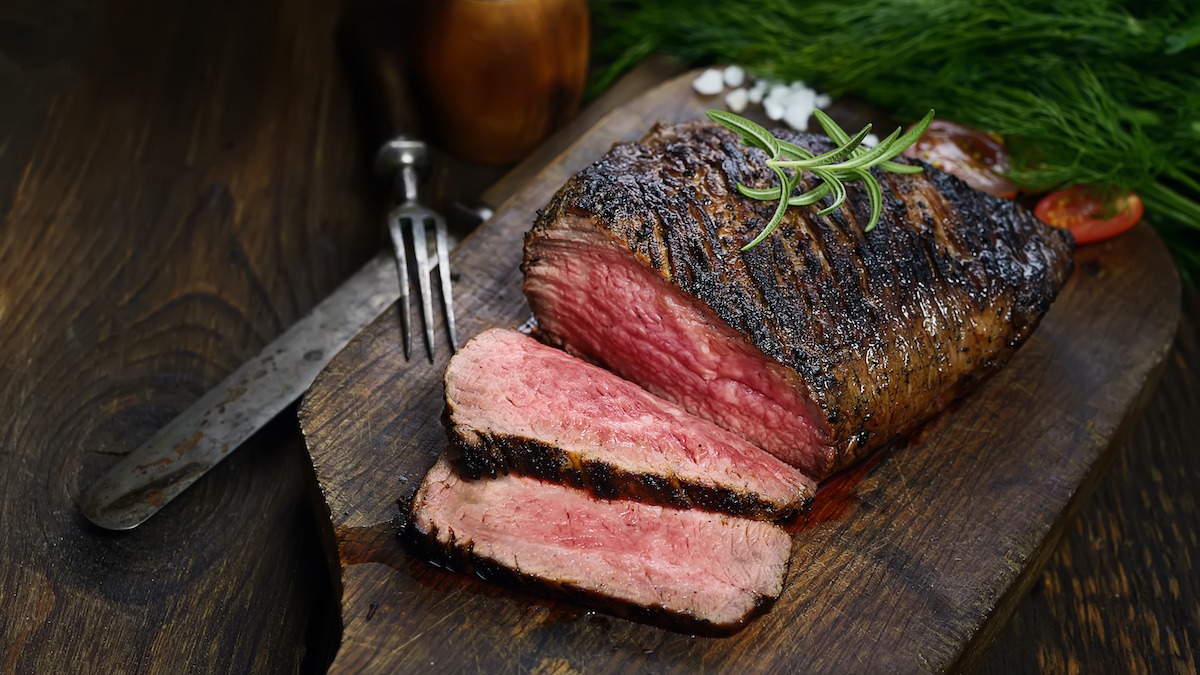Winter may not be the first season that comes to mind when you think of desert landscapes, but for wildlife photographers, it offers a golden opportunity to capture the elusive and awe-inspiring animals that thrive in these arid environments. From the agile fennec fox to regal birds of prey, desert wildlife is as diverse as it is resilient. If you’re looking to level up your photography skills this winter, here’s how to master the art of desert wildlife photography.
1. Understand the Desert’s Seasonal Behavior
Contrary to popular belief, winter is often the most active season for desert animals. Cooler temperatures mean creatures that usually stay hidden during the blazing summer heat emerge to forage, hunt, and even mate. This makes winter the ideal time for photographers to witness and document their behavior.
Before heading out, research the desert region you’ll be exploring. Each location—from the Mojave to the Sahara to the Thar—hosts unique species with distinct patterns. Knowing the typical movements, feeding times, and habitats of your target wildlife will increase your chances of successful sightings.
2. Gear Up for Harsh Conditions
Desert photography demands gear that can handle both the cold and the sand. While winter deserts are cooler, they can still swing between warm days and freezing nights. Dress in layers and protect your camera equipment from dust with weather-sealed bags or covers.
A good DSLR or mirrorless camera with a telephoto lens (at least 300mm) is essential for capturing animals without disturbing them. Don’t forget a sturdy tripod for long-range shots and low-light conditions, especially at dawn and dusk when animals are most active.
3. Use the Winter Light to Your Advantage
Winter light in the desert is nothing short of magical. With the sun sitting lower in the sky, the light is softer and more golden, providing excellent conditions for capturing dramatic, well-exposed shots. The long shadows and subtle tones of early morning and late afternoon add depth and mood to your images.
Position yourself with the sun behind you to illuminate your subject clearly, or experiment with backlighting for more artistic, silhouette-style shots. Be ready for fast-changing lighting conditions—clouds and wind can shift the tone of your scene quickly.
4. Master the Art of Patience and Stealth
Desert animals are extremely wary of humans and have evolved to blend seamlessly into their surroundings. Whether it’s a lizard basking on a rock or a kit fox darting through brush, spotting wildlife requires patience, silence, and careful observation.
Use a hide or camouflage clothing to reduce your visibility. Move slowly, avoid sudden noises, and use natural features like shrubs or dunes for cover. Sometimes, the best approach is to find a promising spot and wait. Let the desert come to you.
5. Capture Behavior, Not Just Beauty
While snapping a crisp portrait of a desert animal is rewarding, aim to tell a story with your photography. Focus on behaviors—feeding, grooming, stalking, or interacting with the environment. These moments create compelling images that go beyond documentation to evoke emotion and curiosity.
Observe your subject for a while before pressing the shutter. Learning their habits allows you to anticipate key moments and compose your shots more thoughtfully.
6. Practice Ethical Wildlife Photography
Always prioritize the well-being of your subjects. Avoid disturbing nests, dens, or animals in distress. Don’t feed or bait wildlife to get a better shot—it alters natural behavior and can be harmful. Respect local guidelines and protected areas.
Ethical photography not only protects wildlife but also builds credibility and integrity in your work.
Conclusion
Desert wildlife photography in winter is both a challenge and a thrill. The unique light, dramatic landscapes, and resilient animals offer endless opportunities for creativity and storytelling. By preparing thoroughly, practicing patience, and respecting nature, you can master this niche and walk away with stunning images that showcase the soul of the desert in its most active and beautiful season.
Discover more through these resources :
https://xamshebeauty.com/
https://journalistenews.com/
https://remood.org/
https://lawandtechnology.net/
https://geohealthwestafrica.org/
https://jhomefashion.com/
https://supernorth.co.uk/
https://ournewstw.com/
https://averyhealthcare.org/
https://betonmoney.com/
https://lainhomecareservice.com/
https://meregrand.org/
https://thegreenhousecc.org/
https://treatmentdiariesblog.com/
https://releaseswebershandwick.com/
https://nickernewsblog.com/
https://releasesinpress.com/
https://mountainhometreeservice.com/
https://empeusacbd.com/
https://marijuanaonlineshopsupply.com/
https://homedocsmedical.com/
https://statianews.com/
https://medicalmarijuanacontrolact.org/
https://cbdhempoilqueen.com/
https://oblive.co.uk/
https://artwalknews.com/
https://holradio.net/
https://newst20.com/
https://homesinmia.com/
https://ncruralhealth.org/










